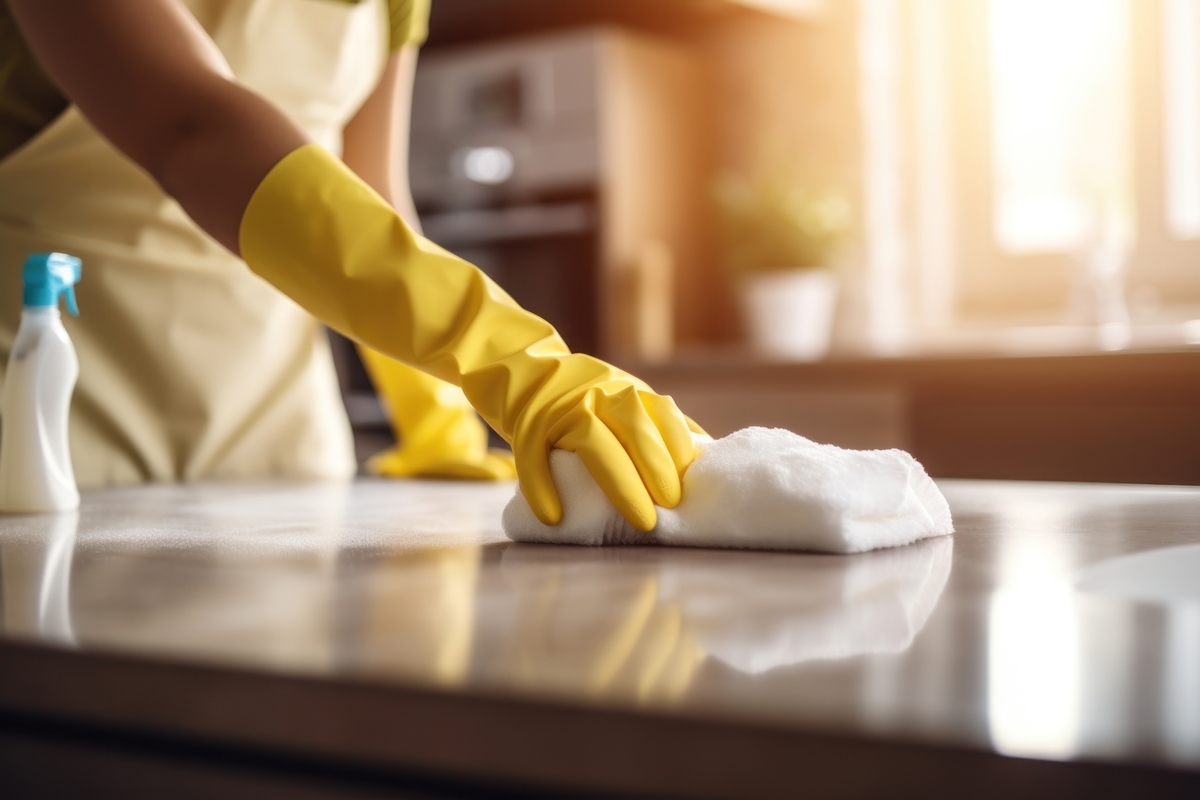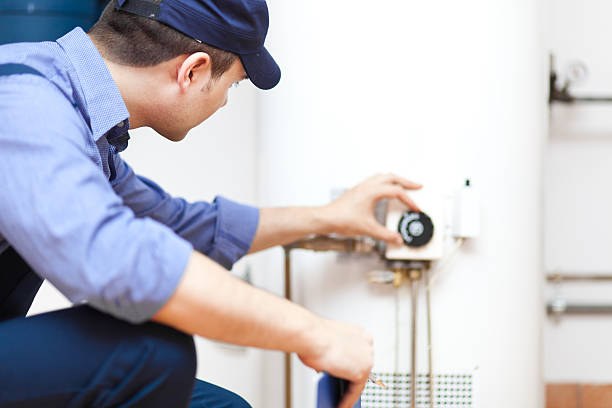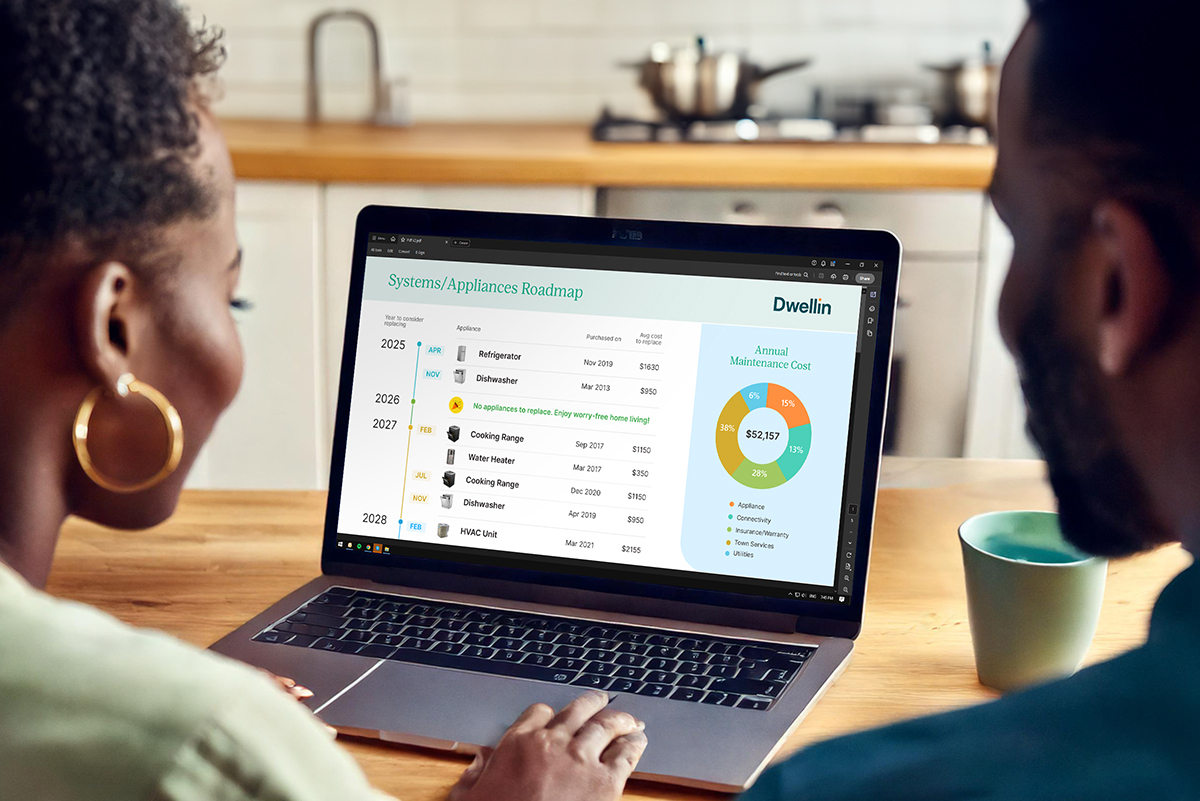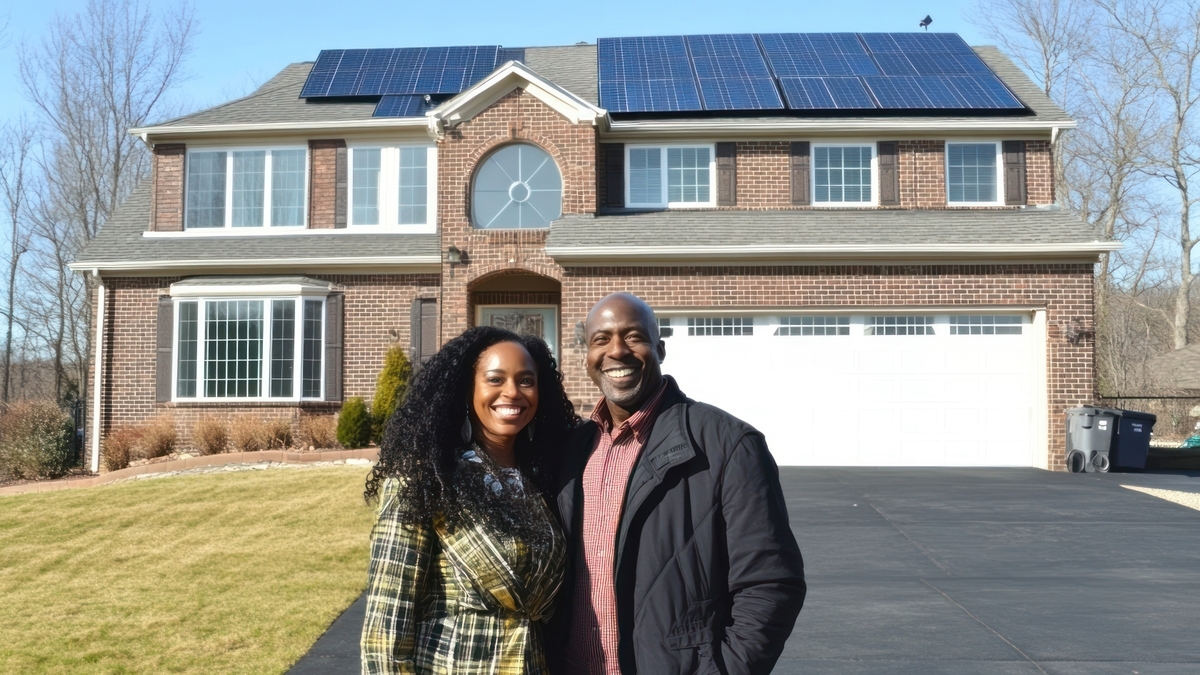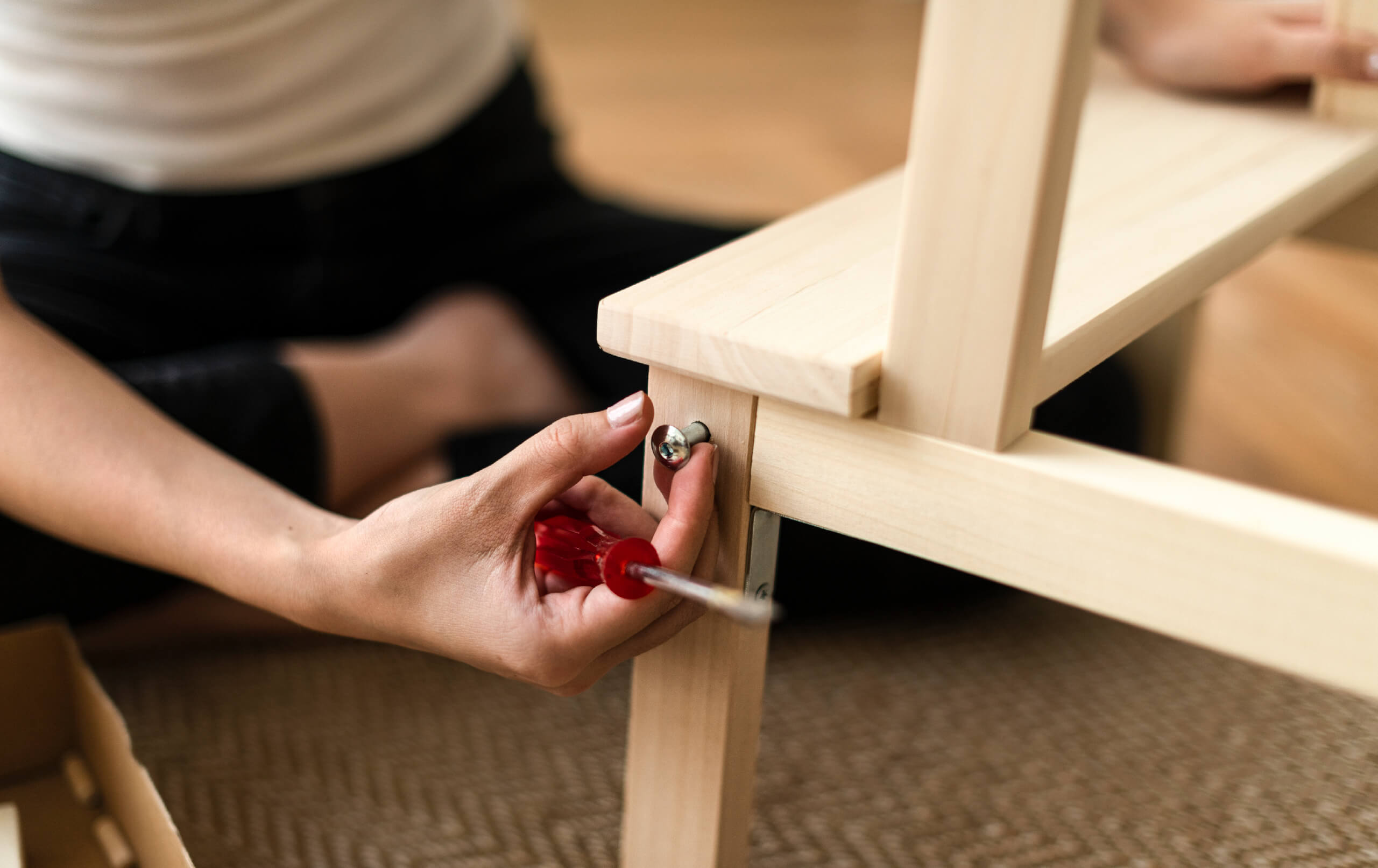New Homeowners Special: 5 Ways To Cut Costs At Home
5 minute read
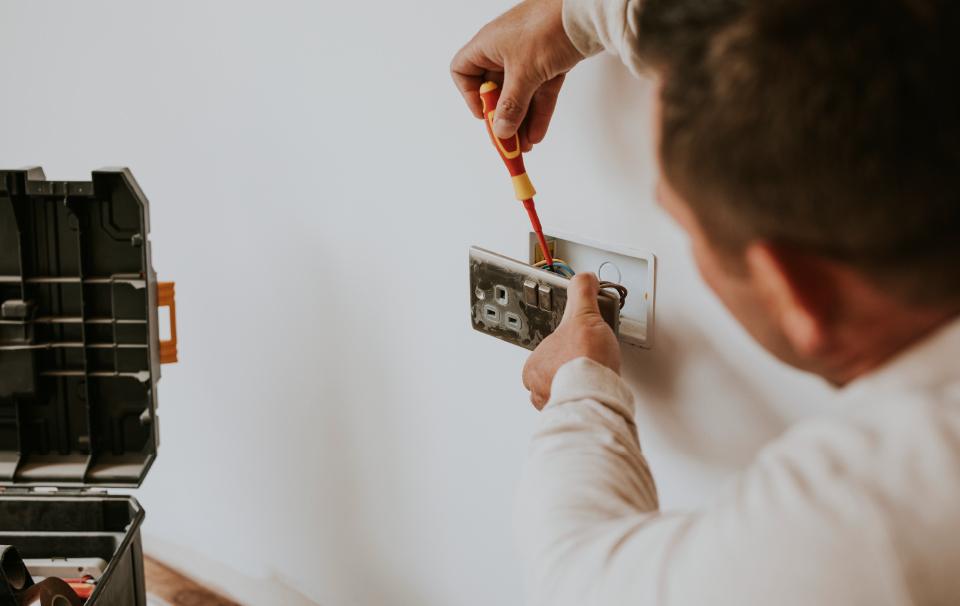
Buying and moving into your first house is an incredible feeling. And while it’d be great if that’s the last dollar you spend on your house, the cost of homeownership is a steady and steep incline. Property taxes, homeowners insurance, mortgage payments, repairs and maintenance, and a few other expenses are unavoidable and add up every year.
So, it’d be best to stay ahead of the curve and make a few smart installations and investments here and a couple of upgrades there to lower your expenses. If you’re a new homeowner and are looking up ways on how to cut costs at home and save money, here are a few tips and tricks to get going.
1. Install smart home tech
On average, Americans pay north of thirteen-hundred bucks every year for power. This implies that electric bills alone can take upwards of 5-10 percent of an individual's pay. Installing and using automated home systems right can significantly lower your energy bills. And while these systems or devices may seem to be a costly affair, they do pay off in the long run.
Depending on your budget and preference, you can consider installing a smart thermostat or get complete coverage for your home - light fixtures, ceiling fans, smart appliances, etc.
The following averages are provided by a 2018 report from the American Council for an Energy-Efficient Economy:
Smart thermostats
With a smart thermostat, you can choose the ideal temperature at various times of the day. After some time, they start to pick up on your routines and modify the temperature accordingly. According to Energy Star, a smart thermostat can save upto 8% on your energy bills.
Smart HVAC system
A smart HVAC system comprises room sensors, smart thermostats, smart vents, room usage data, occupancy data, local weather information, and more to maximize your home’s energy efficiency and can save an average of 10% on your bills.
Smart lighting
It can be challenging to enforce rules for the entire family regarding lighting after leaving a room. This is automatically carried out via smart lights. Your lights will be dimmed by these devices at certain points of time to save energy. Families can save their lighting bills by 7 to 27% on average by using smart lighting.
Smart outlets and power strips
Many plugged-in devices are constantly consuming electricity. "Non-smart" electrical appliances, such as lamps, radios, and more, are integrated into the smart home network by smart outlets and power strips. In order to save energy, your smart home will turn these devices off at appropriate times using scheduling, load detection and motion sensors. On average, this technology reduces a household's need for plugged-in electricity by 50%.2.
2. Seal air leaks
If you’ve purchased an older or pre-owned home, you should inspect the corners and edges of your home’s entry points for any air leaks. If you experience breeze or daylight trickling in from these areas, you are most probably facing air leaks.
A cost-effective strategy to lower heating and cooling expenses, improve durability, raise comfort levels, and create a more healthy indoor air quality is to lessen the quantity of air that leaks into and out of your home. Two straightforward and efficient methods for air sealing—caulking and weatherstripping—offer quick returns on investment, frequently in less than a year. Weatherstripping is used to seal moving parts, such as doors and operable windows, while caulk is typically used for openings and cracks between stationary home components, such as those around door and window frames.
Here is a list of some of the recommendations energy.gov suggests for sealing air leaks -
Weatherstrip and caulk windows and doors that leak air.
Caulk and seal gaps where piping, ductwork, or electrical wire goes through ceilings, floors, walls or soffits over cabinets.
Place foam gaskets behind the outlets and switch plates on walls.
Check for air leaks and mold on any visible insulation that has dirty spots. If you do spot any, use low-expansion spray foam designed for this purpose to seal leaks or get a house flashing if necessary.
Install or upgrade to double-pane low-emissivity windows for increased efficiency.
Check your dryer vent to ensure it is not clogged. This will reduce energy use and can also help prevent a fire.
Replace the thresholds and bottoms of outside doors with ones that feature flexible sealing gaskets.
When not in use, make sure that the fireplace flue damper is closely shut.
Use fire-resistant materials, such as sheetrock or sheet metal and furnace cement caulk, to seal air leaks around gas-fired water heaters, furnaces, and fireplace chimneys.
3. Conduct routine checks and maintenance
You know how the old saying goes… Prevention is better than cure. Carrying out routine inspections and conducting maintenance tasks will save you a lot of money and trouble down the line. If you’ve been a renter so far, there is a strong possibility of you not knowing where to start.
Here are a few important ones -
Clean gutters
Throughout the year, check and clear out your fascia, gutters, and soffits to stop debris from building up. If you don't, it may result in costly damage like leaks and rotting.
Plan for this task each spring and autumn. Pine needles frequently jam gutters. Consider doing this more frequently if you have a pine tree close to your gutters.
Drain the water heater
A new hot water tank might run as much as $4,500. Maintaining an efficient water heater can be very beneficial to your wallet.
Over time, minerals in your water will accumulate at the bottom of your tank, which makes it work harder and results in the hot water heater failing, which leads to damage. So, drain your water heater every six months or more often if the mineral content of your water supply is extremely high.
Inspect the plumbing
Make sure there are no leaks by giving your pipes a thorough inspection and looking behind sinks. Look at your ceilings as well for water stains that could indicate a wall leak. Check your toilet's flapper to make sure it has not worn out and check your faucets for leaking. If you can fix it yourself, do so; if you need assistance, call a plumber.
Get HVAC tune-ups
Call an HVAC professional to set up the system's twice-yearly inspection and maintenance for homes with central heating and air conditioning. The technician should clean and ensure the working order of the furnace and A/C compressor in addition to inspecting the ductwork for any signs of damage. Also, clean the vents in the bathroom. According to HomeAdvisor, the average cost for homeowners to clean their ducts and vents is $348.
4. Get comfortable with DIY
Hiring professionals may be expensive but definitely necessary at times. However, the occasional leaky sink or a cosmetic fix are simple enough to get started on your DIY journey. With the help of a few reliable and multi-purpose tools, you can save a hefty check.
Here are a couple of examples where DIY can save you a pretty penny -
Unclogging the garbage disposal
On average, it may cost you around $200 to have a professional plumber come in and unclog your garbage disposal.
To do it yourself, you just need to invest in the right tool and perhaps a YouTube tutorial. You should start by turning the disposal off, then check the issue. Depending on the issue, you can use a natural cleaner, a plunger, or an allen wrench to unclog the disposal.
Patching a hole in drywall
A professional will charge you a minimum of $50 to patch a hole in drywall. And while we do not encourage you to try doing this with large holes, nail holes can usually be repaired by any homeowner. Old drywall can look brand-new by simply filling ugly nail holes. Fill up each hole with thin putty, then scrape any extra off the walls with a spackle knife. Allow the putty to dry before smoothing the area with sandpaper. Next, apply a primer to the areas that were mended.
Cutting, replacing, mudding, taping, and sanding are necessary for larger holes in the drywall and ought to be left to professionals to ensure that the seams are hidden once the paint has been applied.
5. Start an emergency repair fund
Being a homeowner, especially a new one, brings with it a number of significant changes from renting. When you were renting, all you had to do to fix a problem was make a call to the landlord or building manager. Now it's your problem, if something malfunctions.
You'll probably encounter a few unforeseen house maintenance issues as the years pass. By setting away a little sum of money for an emergency repair fund each pay period, you may get ready for these upcoming projects. By doing this, you'll be equipped to handle repairs when they're necessary without incurring debt.
Conclusion
Being a homeowner comes with a lot of responsibilities and expenses. The responsibilities can be handled easily as long as you stay prepared and the expenses can be reduced if you handle your responsibilities as a homeowner well. Don’t let this overwhelm you though, you can get used to it by starting small and being consistent.
